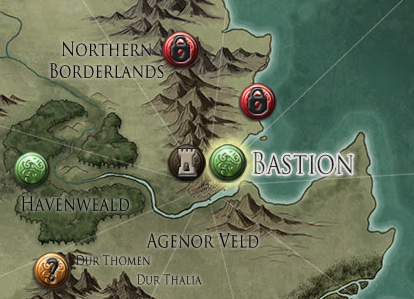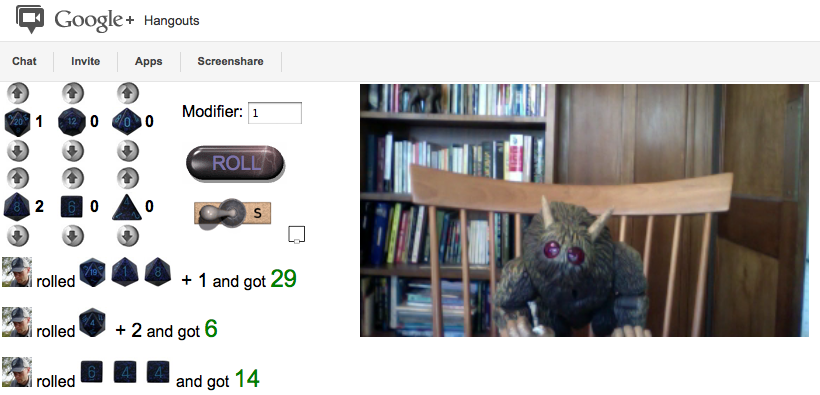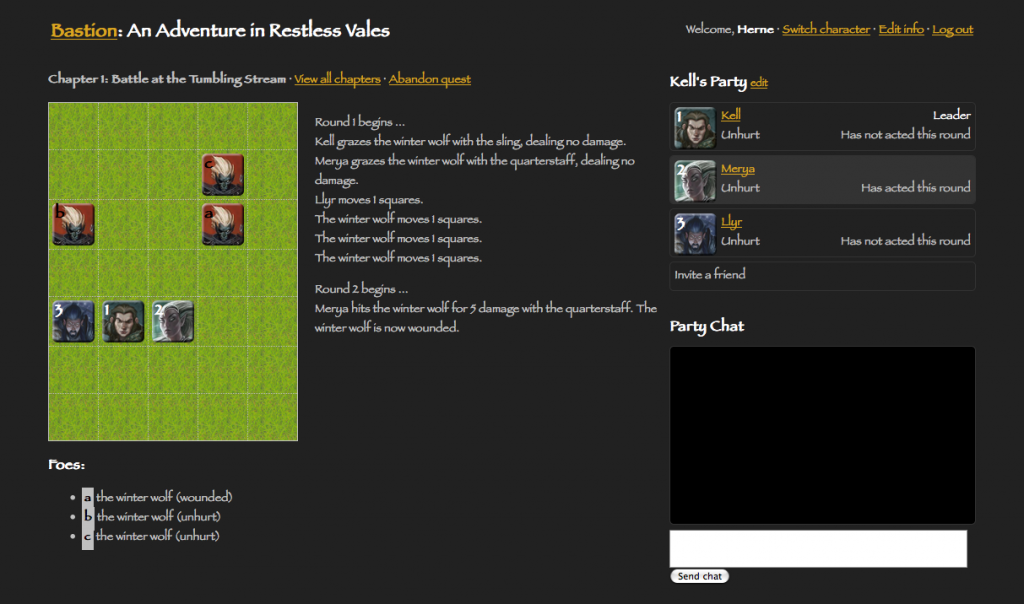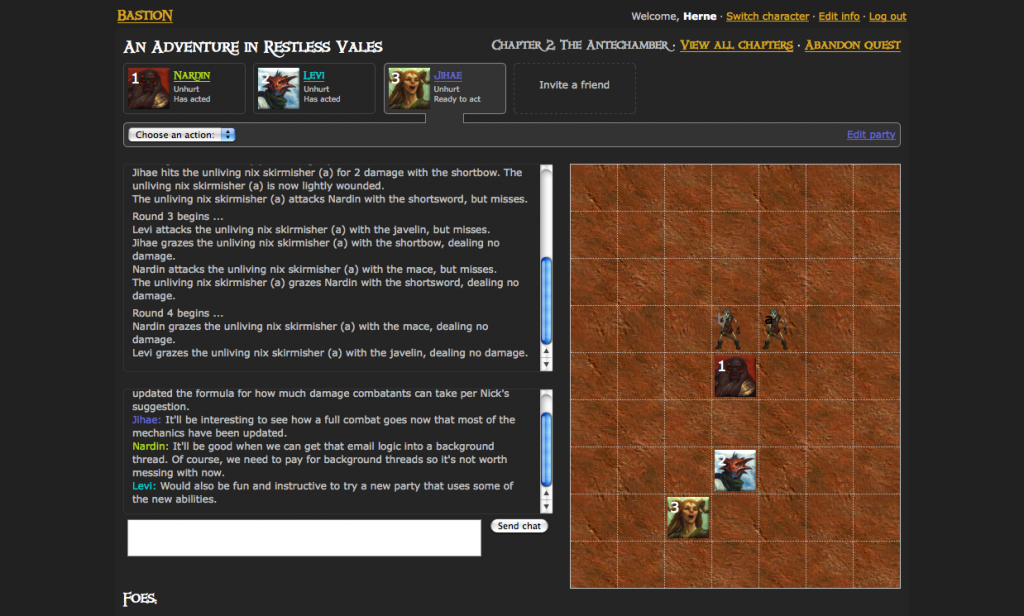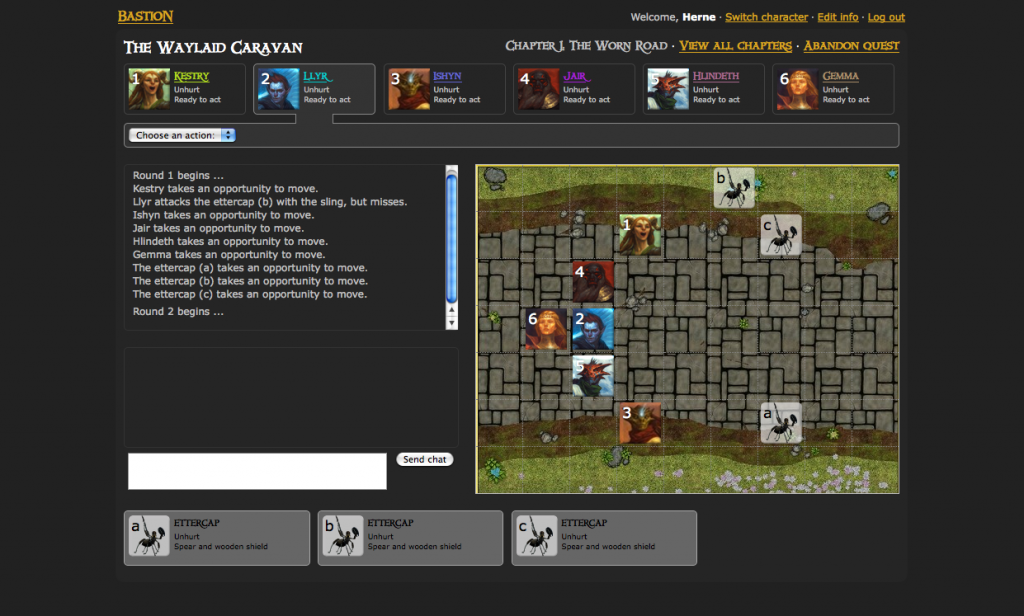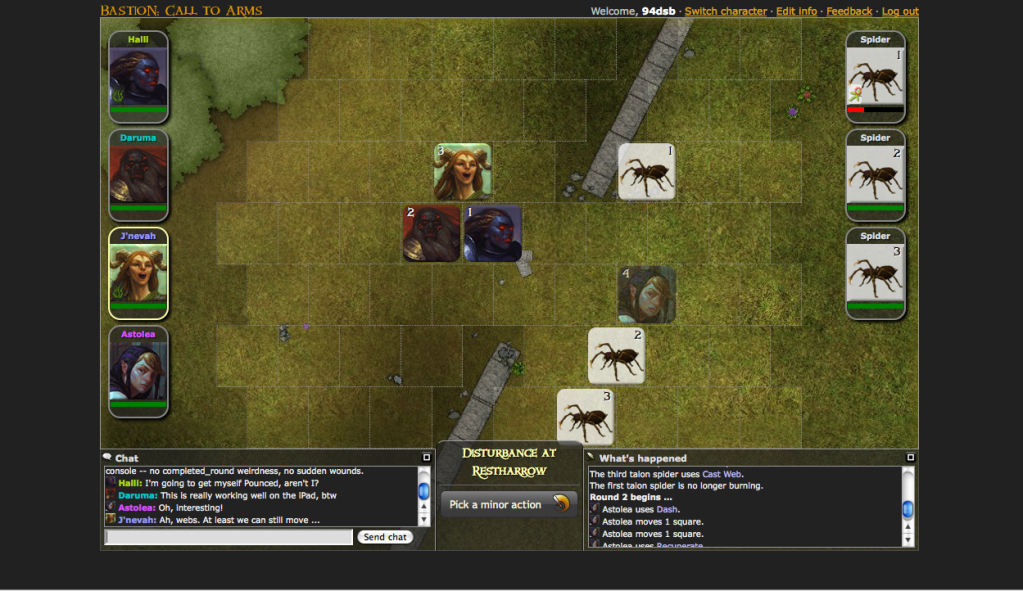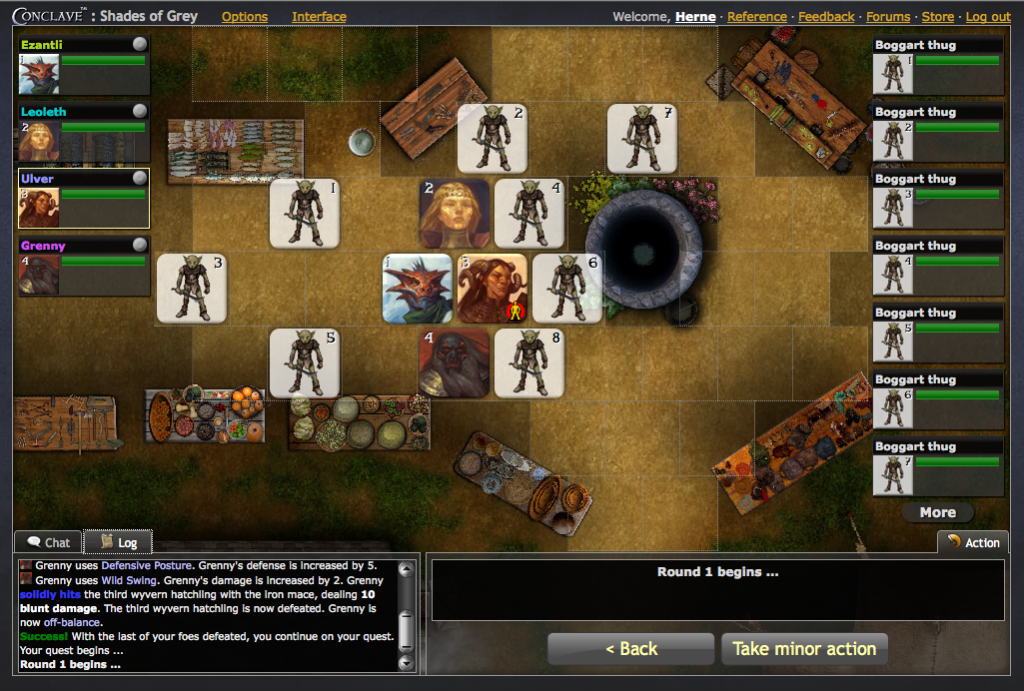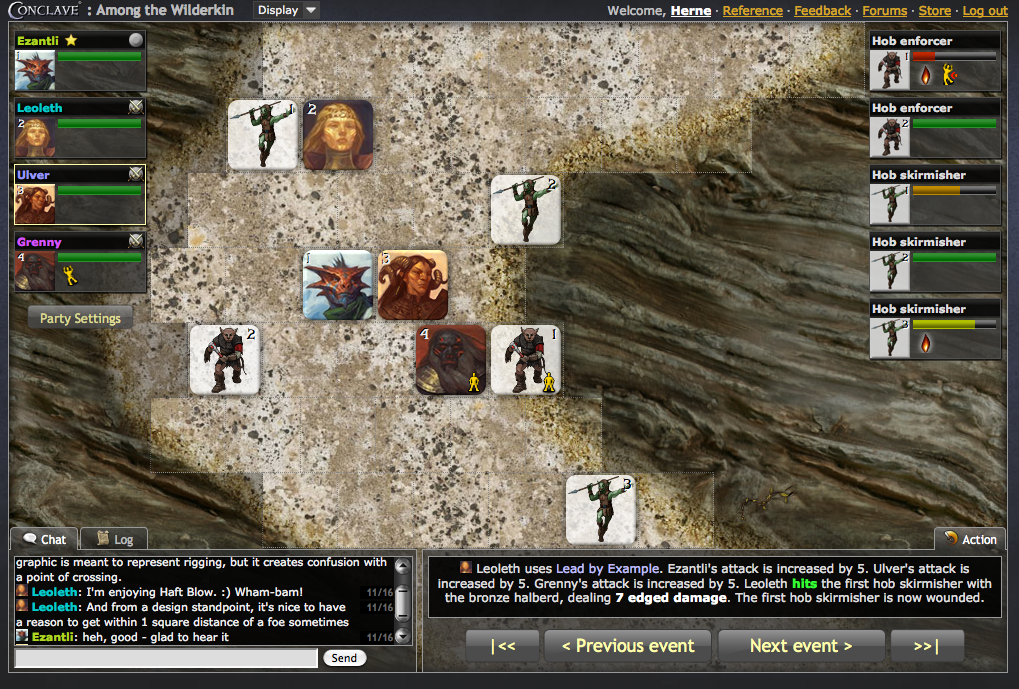Up until this point, equipment has been a pretty minor part of Conclave. When you create a character, you get assigned some basic items; at levels 3 and 5, the Council upgrades one of these for you. You have no say in what you get, no opportunity to customize your weapons or armor or anything at all. With the release of the Vault of Arms, that will all begin to change.
The Vault of Arms is a new place you can visit from the map. At the Vault, you can use your Renown – the stock of faith and reputation you’ve built up with the Council – to take equipment from the Conclave. Weapons, armor, shields, and other miscellaneous items are all available for your use. You are only limited by the Renown you’ve built up.
So how do you get Renown? Simple: by completing quests. Each quest will earn you some Renown to “spend” in the Vault. (Note that there may be other ways to get Renown in the future.) I say “spend” because you never lose your Renown; your Renown simply puts a limit on how much equipment you can “check out” from the Vault. For example, perhaps my True Bow has accumulated 500 Renown. I might use it to borrow a Rastanhi heavy bow (250 Renown) and a bronze scale cuirass (also 250 Renown), say. Later, I might decide to trade those items back in, and take out an Ashenweald spirit bow (500 Renown). I can make these changes any time my party isn’t on a quest.
Why did we go with this model instead of the familiar “accumulate treasure, spend it at the shop” approach? Flavor was the main driver. We wanted a place where characters could go to choose from equipment that would scale up as they grew more powerful and faced greater challenges, but the traditional RPG shop is a bit of a flavor disaster: where do shopkeepers get all this great stuff? If they have it, why are they spending their time running a shop? But the Conclave itself has resources – smiths, artisans, some practitioners of magic – and should be able to keep characters equipped appropriately for a long time. Renown provides an alternative currency that fits the flavor of the game better than gold and limits what the Conclave will make available to characters. Prove yourself, and you will be rewarded with greater trust.
Mechanically, we also get the opportunity to maximize player options in tinkering with their characters’ equipment. In a shop-based model, you lose money on each transaction: if you buy a bow for 50 GP, you can bet you’ll get a lot less than that if you sell it back. That means experimentation is costly. We wanted to make experimentation cheap, or more precisely free. This means you can customize your equipment to the needs of a given quest, if you see fit. Will this be fun? We’re betting so, though we will also be keeping a careful eye out to make sure players don’t feel like they have to be changing equipment all the time in order to maximize the way they match up with each quest. One reason we think we’ll be okay is that equipment will still play a fairly minor role in overall character power after the Vault is released (though it will be somewhat more important than it is today), so there’s no huge need to fiddle constantly with equipment. Ideally, people who enjoy playing with equipment will have lots of fun, and those who don’t care as much simply won’t need to.
Some of you might be saying, “Sounds cool… but what about loot?” Don’t worry, we haven’t forgotten how much fun it is to find that awesome and unexpected sword while out on an adventure. The Vault is just the first step – albeit a big one – in our larger plan for items within Conclave.
When will the Vault arrive? Well, we pretty much never talk about release dates – that’s just begging for trouble – but it’s fair to say you don’t have long to wait. Really.

